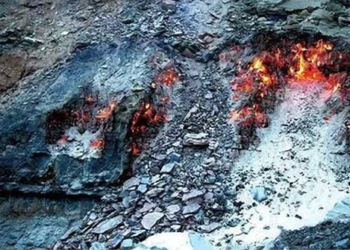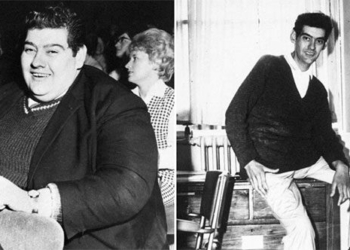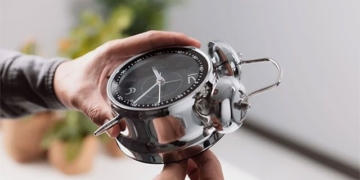Installing and using a fire alarm system is not as straightforward as you might think. It is essential to conduct thorough research before installation to ensure maximum safety in case of emergencies.
What Components Are Needed for a Home Fire Alarm System?
The structure of home fire alarm systems typically consists of three main components: the central control unit, detection devices (sensors), and alarm indicators. Detection devices may include heat detectors, smoke detectors, gas detectors, motion detectors, etc., while alarm indicators can be horns, speakers, flashing lights, or signal transmitters for smart fire alarm systems that connect to mobile applications. Each system may also come with remote control capabilities.
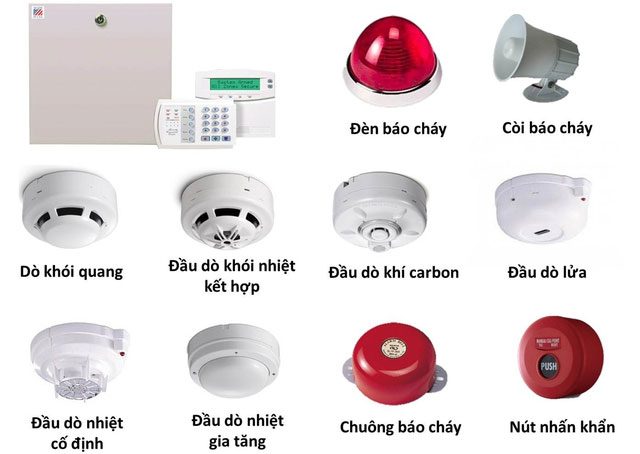
Components of a home fire alarm system. You do not need to install all components fully, but at a minimum, you must have a smoke detector, fire detector, central control unit, and alarm bell.
Most of these systems share similar components, but there are various types of detectors that can be ceiling-mounted or stand-alone, battery-operated or rechargeable, covering a wide area of use, and often come with built-in loud alarms. The central control unit can manage multiple detectors, making it suitable for larger homes, multiple rooms, or high-rise buildings.
When a detector detects fire and smoke in the house, it will trigger the speaker/horn to announce and send a signal to the central control unit. Some models can even automatically dial an emergency fire hotline or a specific phone number set by the homeowner. With smart fire detectors, they operate using Wi-Fi, making the smartphone the central control unit. However, if either of the two components cannot connect to the internet, they will not function properly.
Where Is the Suitable Installation Location? Which Areas Should Be Avoided?
For households, it is recommended to install one detector in each room or area of approximately 30m2. For example, a living room and kitchen combined, totaling around 35m2, may only need one detector placed in the center of the space. However, a small bedroom of just 10m2 must have its own dedicated detector to ensure timely fire and explosion detection.
Some locations should be avoided for placing smoke and heat detectors, such as directly above the kitchen and in frequently damp areas like bathrooms or balconies. Cooking can produce smoke and heat that may cause the device to misinterpret and trigger a fire alarm, while outdoor balconies may experience high humidity, rain, or elevated temperatures that lead to unstable device operation.
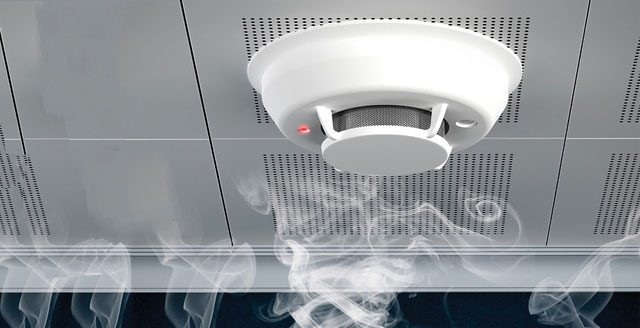
The positioning of smoke detectors is vital to ensure the system operates reliably.
The fire alarm horn should be installed in communal spaces, connecting various rooms, such as hallways and stairwells, to ensure that it is easily heard by everyone. The central control unit should be placed in a safe location, out of reach of small children, yet easily accessible in case of an actual fire emergency.
Moreover, experts also advise against installing fire alarm systems in areas with high magnetic or electrical fields as this could cause system malfunctions and unstable operation, especially with wireless fire alarms.
Not All Fire Alarms Function Perfectly
Indeed, some types of fire alarms are more sensitive or less sensitive than others. Typically, the response time of smoke detectors is under 30 seconds after detecting smoke concentrations exceeding 15-20% of the allowable threshold.
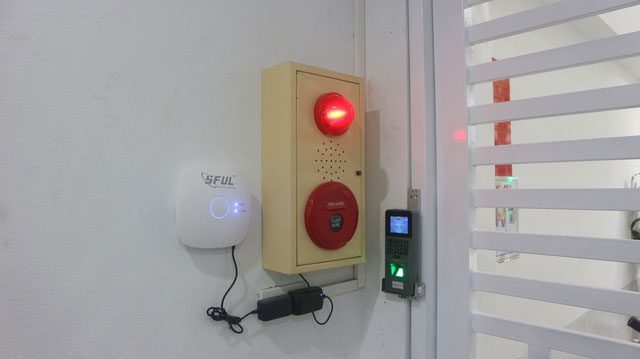
Sensitivity and accuracy of detectors may vary; if you notice frequent false alarms, consider repairing or replacing them with a higher-quality model.
If a fire alarm frequently misdetects or is overly sensitive to smoke and flames, it should be checked for repairs or replaced with a higher-quality alternative.
Regular Cleaning, Inspection, and Maintenance of the System
Like any technological equipment in the home, fire alarm systems also require regular cleaning and maintenance according to a schedule to ensure operational effectiveness. You should clean and vacuum dust from detectors, replace batteries when they are low, and have a professional inspect them periodically.
Combine with Quick Firefighting Methods
Installing water sprinkler systems provides the most effective fire suppression but can be very costly and challenging for older homes. Therefore, you can purchase several medium and small fire extinguishers to keep around the house and teach family members how to use them for self-protection.








































